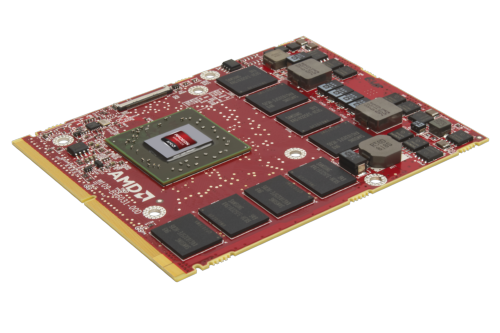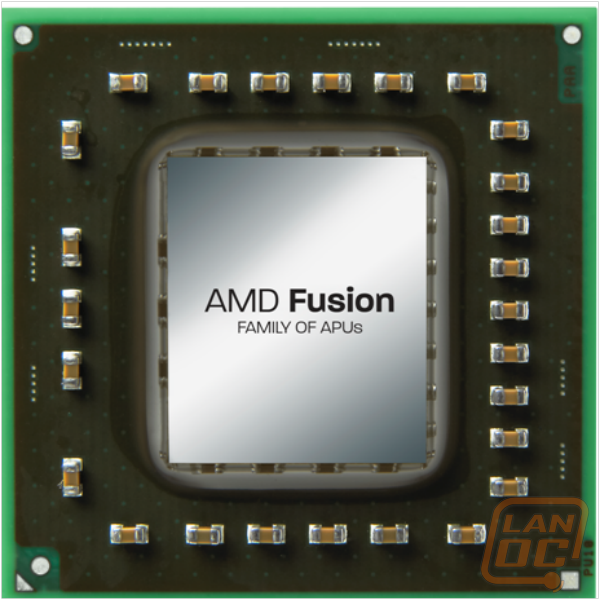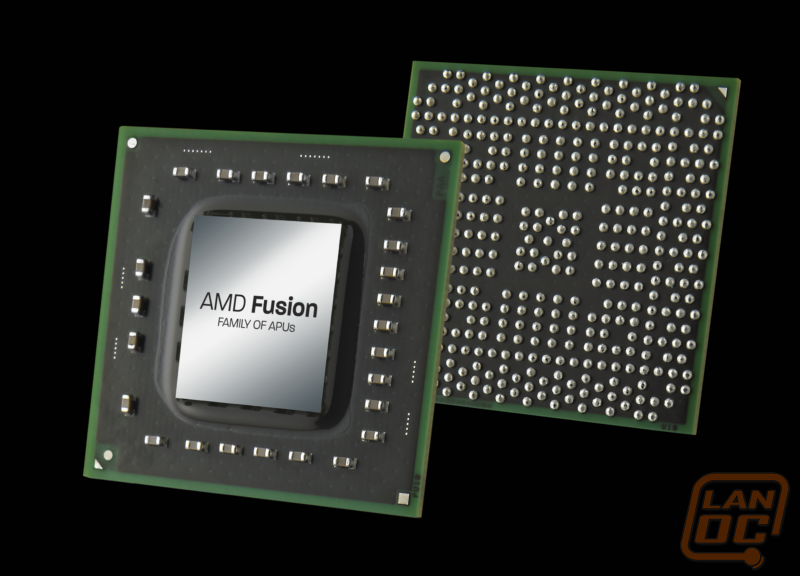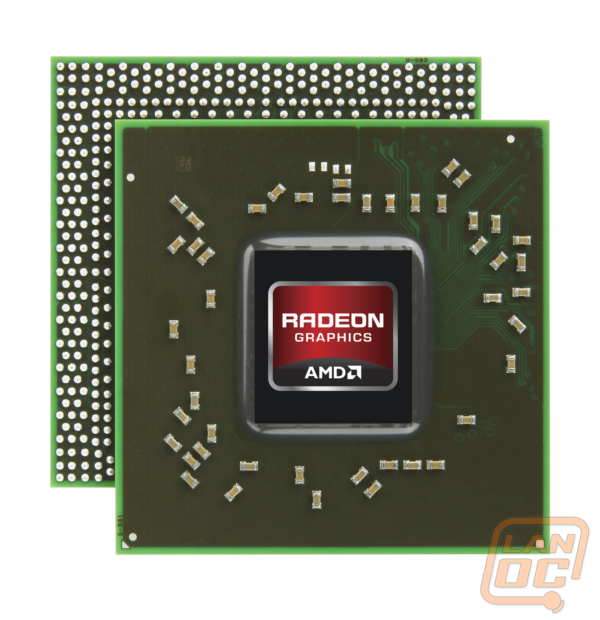 The meeting with AMD was a bit different than most, both a product show and a private meeting. This isn't at all unusual, but AMD held both in a single meeting room in the North Hall of the Convetion Center. The majority of the room was a large, active showcase of gaming laptops, video cards, and 3D TVs that members of the press were teasingly led past into a smaller, cubicle office environment to get a one-on-one walkthrough of the latest and future projects to come.
The meeting with AMD was a bit different than most, both a product show and a private meeting. This isn't at all unusual, but AMD held both in a single meeting room in the North Hall of the Convetion Center. The majority of the room was a large, active showcase of gaming laptops, video cards, and 3D TVs that members of the press were teasingly led past into a smaller, cubicle office environment to get a one-on-one walkthrough of the latest and future projects to come.
The first briefing from AMD was somewhat of a cooperative effort between Cory and myself, since I learned the hard way how difficult it is to travel to the convention center at 11AM. Luckily he was available and willing to sit in for me, and as I'm told not only got the information on the new Fusion technology, but also talked them into showing him the latest in their notebooks.
During the show, AMD launched their latest technology in processing units. The Fusion Family of Accelerated Processing Units brings a new acronym to the table with the APU, literally combining the CPU and GPU. The latter, of course, is the integrated unit, which is now included with the CPU in a single diecast, opening a new threshold of computing power. New generations of desktops and laptops alike will allow for the use of the parallel processing unit to achieve such feats as DirectX 11 graphics and high-definition video.


The new innovations in mobile graphics was the topic of the second briefing, in which the AMD Radio and HD 6000M series were revealed. The first topic addressed was availability, which as desktop users are aware, cards are released about a month or so apart throughout the year. The mobile series, however, often sees an entire family released at once, since the buyers are gathered at these shows such as CES.

Three main focus points were outlined for the new 6000M series. The first is DirectX 11, a feature which AMD has developed with scaling, so that users can switch between platforms and experience an unchanging, consistent performance. DX 11 allows for great video quality especially in gaming, as demonstrated by the Alienware and EuroCom boutique builds on hand, the latter running the 6900M in CrossFire.
The second fulfills the quest for innovation with the display port addition. This, combined with DVI and HDMI outputs, allows users to create a mutliple display set-up using the laptop. The screen on the notebook can even be used as a third monitor if one is absent. However, the real estate, as it's called, on the laptop is often fought for with the manufactuer, wanting to include as many ports (USB, display, etc.) as possible. So including three ports for monitors is a tough sell for most. With the new Display Port 1.2, however, users can daisy chain monitors to one another, eliminating this battle.
The last is stereoscopic 3D, in which AMD has aimed for a universal compatibility with. The goal is that anyone who comes to them can have the choice of which route to take, whether thats active or passive, upconverting 2D to 3D, or so on. This means more choices for both the producer and the consumer in the end run.


